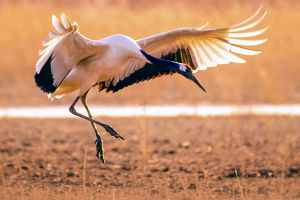Savanna Bonds
Have you ever wondered why lions are so social?
Lykkers, think about the benefits of teamwork and communication in the wild—they're key to a lion's success.
Lions are unique among big cats for their social behavior, forming groups known as prides. These prides consist of related females, their cubs, and a few males, working together to hunt and protect their territory.
Cooperative Hunting
One of the main reasons lions are social is their need for cooperative hunting. In the wild, lions often hunt large prey that requires teamwork to bring down. By working together, pride members can strategize and coordinate their efforts to ensure a successful hunt.
Female lions, in particular, are skilled hunters who work together to surround and capture prey. This teamwork not only increases their hunting success but also provides more food for the entire pride.
Social Bonds and Communication
Effective communication is crucial for maintaining the social bonds within a lion pride. Lions use a range of vocalizations, from roars to growls, to communicate with each other and coordinate their activities.
Body language and scent markings also play a significant role in reinforcing social ties and signaling status within the pride. These forms of communication help ensure that all members are aware of each other’s whereabouts and needs, which is essential for group cohesion.
Protection and Territory
Living in a pride offers lions protection and the ability to defend their territory more effectively. A group of lions can more easily ward off intruders and rival predators than a solitary lion. This collective strength helps to safeguard the pride’s resources and ensure the safety of its members, including the cubs.
The social structure allows for shared responsibility in defending their home range, which is crucial for their survival.
Hierarchy and Roles
The hierarchy within a lion pride is well-defined, with dominant individuals leading and making key decisions. Female lions usually handle hunting and cub-rearing, while males focus on protecting the pride’s territory.
This division of labor helps the pride function smoothly and efficiently, with each member fulfilling specific roles that contribute to the group’s overall success. Understanding these roles highlights the complexity of lion social structures.
Reproductive Strategies
Lions have developed reproductive strategies that benefit from their social lifestyle. For instance, female lions often synchronize their reproductive cycles, leading to more cubs being born around the same time. This synchronized breeding allows the pride to collectively care for and protect the cubs, increasing their chances of survival.
The social support system within the pride plays a crucial role in nurturing and raising the young.
Adapting to Challenges
Despite their social advantages, lion prides face challenges such as disease and environmental changes. Their social structure helps them adapt and overcome these obstacles more effectively. For example, lions may share resources during times of scarcity or work together to tackle illnesses within the group.
Lions exemplify the power of social living, demonstrating how cooperation and communication can lead to success in the wild. Their intricate social structures not only enhance their survival but also enrich their lives.


